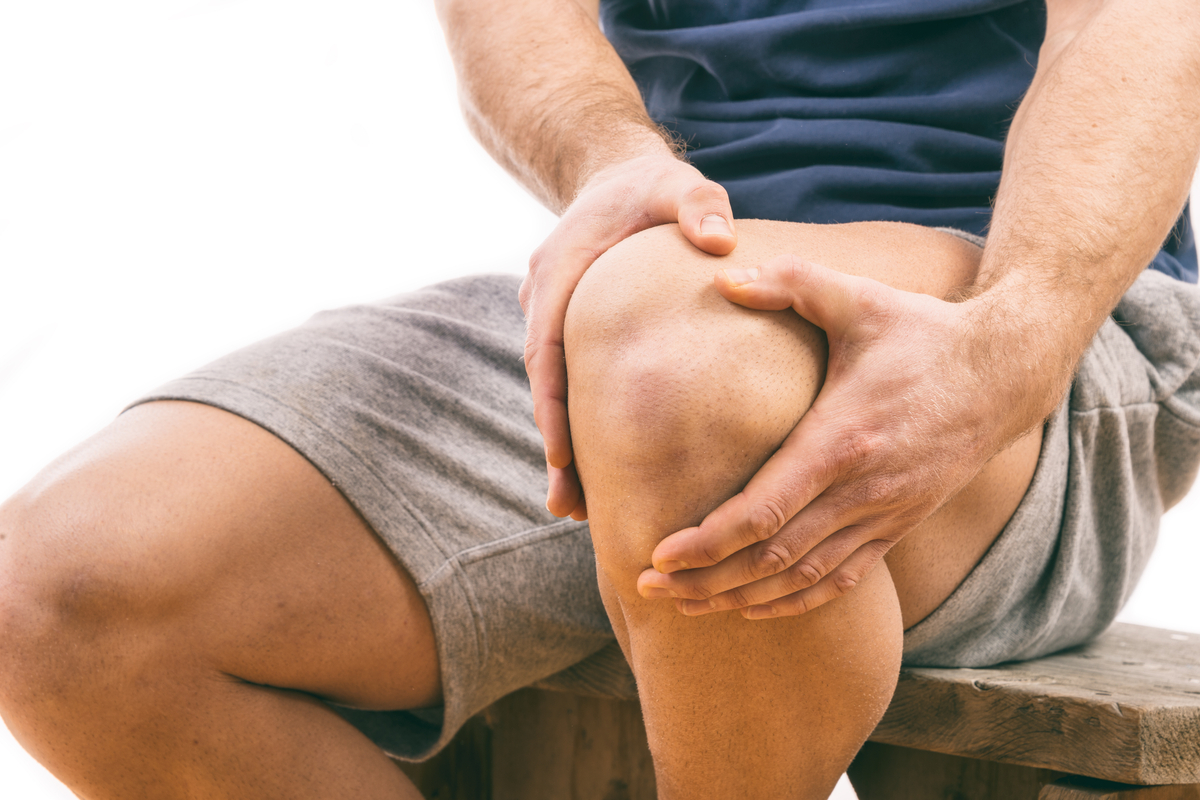Knee Pain: Causes & Treatment
What causes knee pain?
Knee pain can be caused by a variety of factors, including:
- Injury: Acute injuries, such as ligament tears (e.g., ACL tear), meniscus tears, or fractures, can cause knee pain. Overuse injuries, such as tendonitis or bursitis, can also lead to knee pain.
- Osteoarthritis: Osteoarthritis is a degenerative joint disease that can cause the cartilage in the knee joint to wear down over time, leading to pain, stiffness, and swelling.
- Rheumatoid Arthritis: Rheumatoid arthritis is an autoimmune disease that can cause inflammation in the joints, including the knees, leading to pain and stiffness.
- Gout: Gout is a form of arthritis caused by a buildup of uric acid crystals in the joints, including the knees, leading to sudden and severe pain, swelling, and redness.
- Bursitis: Bursitis is inflammation of the bursa, a small sac of fluid that cushions the knee joint. Inflammation of the bursa can cause pain and swelling in the knee.
- Tendonitis: Tendonitis is inflammation of a tendon, which is the tissue that connects muscle to bone. Tendonitis in the knee can cause pain, swelling, and stiffness.
- Meniscus Tears: The meniscus is a rubbery cartilage that acts as a shock absorber in the knee joint. Tears in the meniscus can cause pain, swelling, and stiffness in the knee.
- Patellar Tracking Disorder: This condition occurs when the patella (kneecap) does not track properly in the groove at the end of the thigh bone, leading to pain and instability in the knee.
- Iliotibial (IT) Band Syndrome: IT band syndrome occurs when the IT band, a thick band of tissue that runs along the outside of the thigh, becomes tight or inflamed, leading to pain on the outside of the knee.
- Baker’s Cyst: A Baker’s cyst is a fluid-filled swelling that forms behind the knee, often as a result of underlying conditions such as arthritis or meniscus tears.
These are just a few of the many possible causes of knee pain. It’s important to see a healthcare provider for a proper diagnosis and treatment plan if you are experiencing knee pain.
What is the treatment for knee pain?
The treatment for knee pain depends on the underlying cause of the pain. Some common treatments for knee pain include:
- Rest and Ice: Resting the knee and applying ice to reduce swelling can help alleviate pain.
- Compression: Using a compression bandage or sleeve can help reduce swelling and provide support to the knee.
- Elevation: Elevating the leg can help reduce swelling and relieve pressure on the knee.
- Pain Medication: Over-the-counter pain medications such as acetaminophen or nonsteroidal anti-inflammatory drugs (NSAIDs) can help relieve pain and reduce inflammation.
- Physical Therapy: Physical therapy exercises can help strengthen the muscles around the knee and improve flexibility and range of motion.
- Bracing: Using a brace or support can help stabilize the knee and reduce pain during physical activity.
- Corticosteroid Injections: Injections of corticosteroids into the knee joint can help reduce inflammation and relieve pain.
- Viscosupplementation: Injections of hyaluronic acid into the knee joint can help lubricate the joint and reduce pain.
- Surgery: In some cases, surgery may be necessary to repair damage to the knee, such as ligament tears or cartilage damage.
- Lifestyle Changes: Maintaining a healthy weight and avoiding activities that put stress on the knee can help reduce knee pain.
It’s important to see a healthcare provider for a proper diagnosis and treatment plan if you are experiencing knee pain. They can help determine the underlying cause of the pain and recommend the most appropriate treatment.




